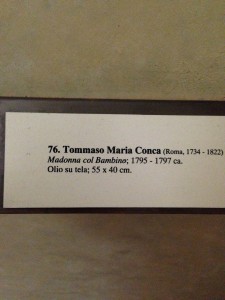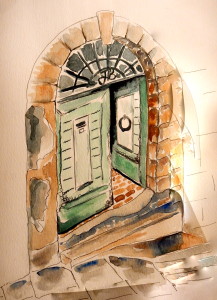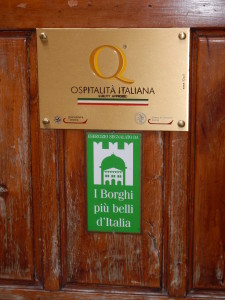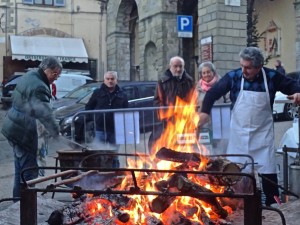I have written about Caravaggio’s La Conversione di S. Paolo  (Chiesa di S. Maria del Popolo, Roma) before (in The Mystery of Everyday Life, and ‘Falling’), but, in the light of the recent posts on failure, I have been rethinking my previous take on this painting. I happened to see it again at the same time as I was reading these posts. Continue reading Conversione di S. Paolo
(Chiesa di S. Maria del Popolo, Roma) before (in The Mystery of Everyday Life, and ‘Falling’), but, in the light of the recent posts on failure, I have been rethinking my previous take on this painting. I happened to see it again at the same time as I was reading these posts. Continue reading Conversione di S. Paolo
Monthly Archives: January 2016
Madonna con Bambino
While exploring many archaeological sites, galleries and museums in Turkey and Italy, I felt in awe of the human achievement – not just the achievement of the artists but of the archaeologists, curators and restorers involved in preserving the work of centuries. Then, on a day when I thought I couldn’t possibly enjoy one more painting, sculpture or fresco – let alone yet another ‘Madonna con Bambino’ – this painting by Tommaso Maria Conca (in the Pinacoteca Comunale, Città di Castello) – touched my heart. See how the wise-looking, clear-eyed baby seems to be comforting his mother. Yet this is the wrong order of things – a mother should comfort her child. This, and the woman’s inward-looking expression, caused me to feel immense pity for her. She is in pain and at the same time resigned. Nothing she can do will prevent the fate that awaits her precious son.
Madonna col Bambino; 1795-1797 ca. Olio su tela; 55 x 40cm.
(Fototeca della Fondazione Federico Zeri)
(- Carolyn Parfitt)
Sitting with Failure
Earlier this year, I was invited to speak at a humanities postgraduate symposium held at Macquarie University. The organiser, who used to be a student of mine, asked if I would share some of my experiences of the PhD. Thinking back to my time as a student, I realised that among the most formative and character-building moments of the dissertation process were those that involved some form of failure. The periods when the research and writing progressed smoothly didn’t stand out. Instead, the most memorable points were when things weren’t going to plan and the process felt out of my control. Continue reading Sitting with Failure
Doorways
The front step of the apartment where we are staying has a hollow on the right hand side. It is the door on this side that always opens. People have been treading on that step since the 16th century; their footsteps have worn a smooth groove in the stone. Continue reading Doorways
Meeting Bunny Dawn (Why Fieldwork Takes So Long)
Anthropological fieldwork is currently under threat from university administrators who assume it is simply inefficient and wasteful to spend 6-12 months in the field. So why does fieldwork have to take so long? I think I know the reason but I don’t think the administrators will like it. It is because the researcher needs this duration to ensure the person they are at the beginning suffers, and fails, and dies to themselves, so that they can see the world anew. I think that fieldwork is slow because it requires an element of mourning and grief. These, I notice, are themes that are also in Demelza’s and Michelle’s blog posts!
So here is the argument as a story. I began my PhD fieldwork in 1980, in the coalmining town of Kurri Kurri, in the Hunter Valley of New South Wales. Continue reading Meeting Bunny Dawn (Why Fieldwork Takes So Long)
Anghiari hospitality
I continue to be amazed by the hospitality of the people here in Anghiari. Last night we experienced this hospitality yet again. Continue reading Anghiari hospitality
La festa di porco
On Christmas Eve the butcher (snr) was quite insistent that we come along to an event that was to be held on the 27th. From mid-afternoon, he and his son would be butchering a whole pig in a piazza just down from their shop, and there would be a party. This was clearly a major event that we were not to miss. We made our plans for the following days around it.




